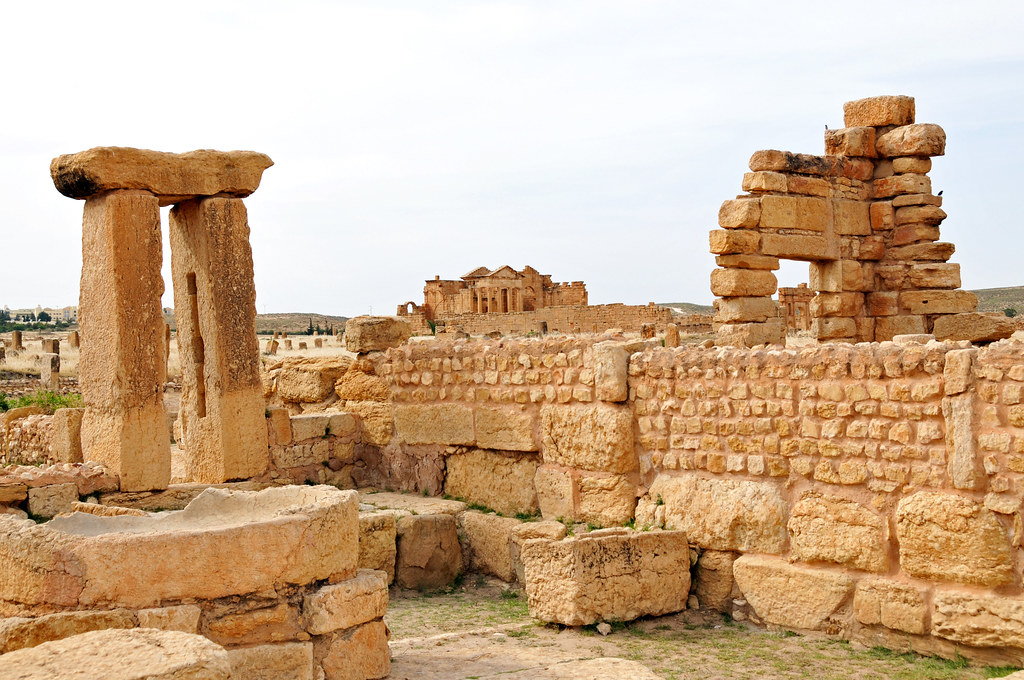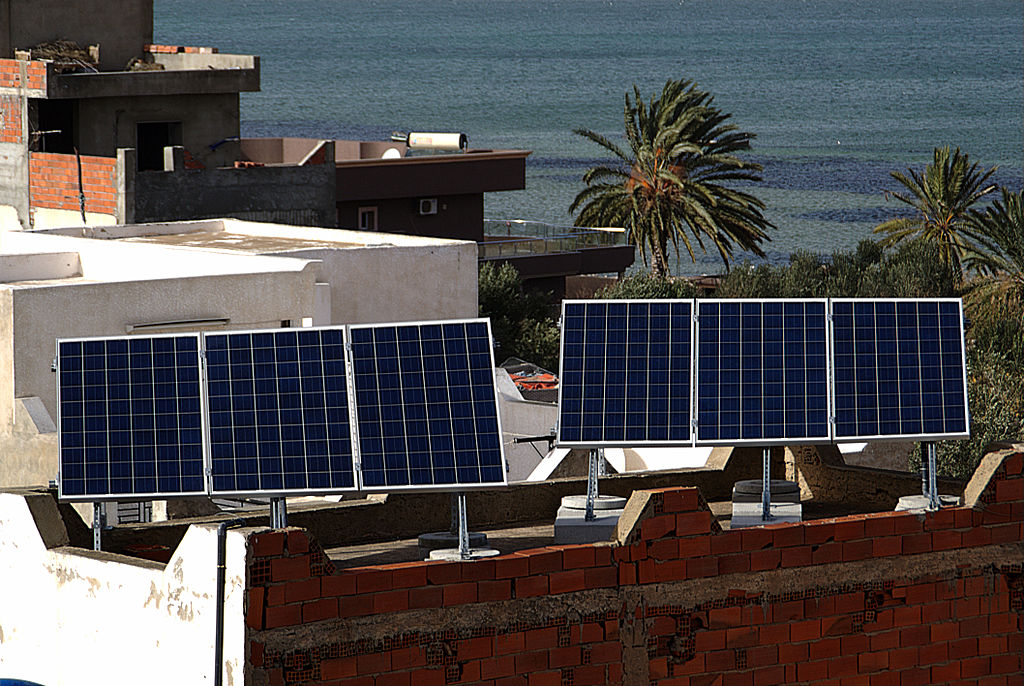By: David Lee
Produced & edited by: Michelle Michael
A
three-million-dollar golden menorah and harps of ancient Israelite King David costing
thousands of dollars among other sacred vessels are commissioned and
safeguarded by the Temple Institute in Jerusalem. As an organization that
educates and collects vessels once included in the holy services of Israel’s
first and second temples, the Temple Institute is the most established Jewish organization
with prophetic objectives in the Temple Mount.
“We make many harps for
[the Temple Institute] and many of these harps are donated by people around the
world,” said Micah Harrari, who is regarded as the “official” harp maker for
the temple restoration.
“When we went into exile
2,000 years ago, it is said that we hung our harps along the willows because we
would not play our music in a strange land,” said Harrari. “And since we
returned to the land, we restored the harp.”
Micah and his wife
Shoshanna made their Aliyah, or return to the Land of Israel, from the United
States in 1982. They are one of the many artists and engineers working with the
Temple Institute to fulfill an ancient promise found in the Tanakh—the Hebrew
Scriptures. Like the other vessels preserved by the Temple Institute, Harrari’s
harps are designed on information from the Tanakh, the Talmud, and
archeological findings.
 |
A model of the Second Jewish Temple.
Photo courtesy: Wikimedia Commons |
As Harrari’s harps are
sold to the Jewish diaspora around the world, countries outside of Israel have
been major contributors to the efforts—especially financially. The United
States hosts the second largest Jewish population—according to the Berman Jewish Data Bank, there were 5.7 million American Jews in 2015.
Mystery of the Red Heifer
Rabbi Chaim Richman, Director
of the International Department at the Temple Institute, traveled to Canton,
Mississippi in 1994 to meet with Minister Clyde Lott of the Canaan Land
Restoration of Israel, Inc. Lott was willing to send red heifers—young, virgin
female cows—to Jerusalem to fulfill the prophetic belief that the next red
heifer to appear in Israel would also entail the arrival of their messiah or the
end times.
“[The farm in
Mississippi] never did have a cow that passed the test, because the cow has to
be perfect—everything has to be red and no white hair,” said the anonymous
source at Bishop’s office.
There is another group
that also believes in the mystery of the red heifer and even started the temple
restoration efforts 20 years before the Temple Institute. Since the end of the
1967 Six-Day war—when Israel was victorious but decided to give administrative
control of the Temple Mount to Jordon—Gershon Salomon has been leading the
Temple Mount Faithful Movement. The
movement’s foremost goal on its website reads, “Liberating the Temple Mount
from Arabic (Islamic) occupation.”
“So, our goal is to move
this enemy from the Temple Mount and repair it, purify it, and rebuild the
temple,” said Salomon.
He thinks a reestablished
temple in Jerusalem will soon open a stage of peace and morality for the world.
The Muslim community
certainly does not agree with Salomon’s statements. Jordanian security forces restrict
the number of Jews and types of Jewish activities at the holy site. Amid rising
tensions in the area, Israeli Prime Minister Benjamin Netanyahu promised a stop
to Israeli politicians visiting the Temple Mount.
 |
Shuli Mualem, one of the first Israeli politician
to ascend the Temple Mount. Photo courtesy: Wikipedie |
"A House of Prayer for All Peoples"
After a two-year ban,
Yehuda Glick—a friend of the Temple Institute and a survivor of an
assassination attack in 2014—and Shuli Mualem became the first Israeli politicians
to ascend the site in recent memory.
“Our aspiration is for
this place to fulfill its purpose as it is written in the Bible—a house of
prayer for all peoples,” said Mualem.
Mualem is part of the
growing support from government officials and other non-profit organizations
towards the religious activism efforts. According to a 2015 study by PewResearch, the biggest proportion of the Jewish population in Israel and the
United States—the largest homes for Jewish people—are identified as Hiloni
(secular) or non-orthodox Jews respectively.
“In the second temple
period, things really did center around the temple and today they don’t,” said Professor
Daniel Schwartz, a history professor at the Hebrew
University of Jerusalem.
He thinks the Jewish
people have gotten more used to liberal lifestyles of equality and living in
peace with neighbors.
“Today, the temple exists
most in memories or hopes for the future,” continued Schwartz. “[The Jewish
people] are much affected by the fact that there has been some 1,900 years of
Jewish history between the destruction of the second temple and today, and Jews
got used to dealing with God without having to move to a particular place.”
As the past international
spokesperson for various movements, Yosef Rabin has been organizing efforts to
popularize Jewish activism in the Temple Mount since his work with the Temple
Institute in 2010.
“This year, we passed the
mark of 20,000 Jews coming to the Temple Mount in one year—when I started, it
was 200 a year,” said Rabin.
“You have a mass
cross-section of society; you have groups that are extremely conservative, you
have groups that are coming from not so much a religious, Jewish perspective
but more of liberal values of religious rights for all,” continued Rabin.
He also agrees with
Schwartz on the changing conceptions of temple worship in modern day Israel.
“In Jewish law, you can
do most of the temple services without the physical building as long as the
alter is in its proper place within what was the area of the temple,” said
Rabin.
Even after thousands of
years, the religious battle in Jerusalem has not stopped or lost much of its
significance. But with changing times, many Jewish, Arabic, and Christian
people today might agree with Rabin’s opinion that “[people] are not looking
for any mass upheavals or war; we want to simply go up and pray to our God.”
Global Spotlight is a nonprofit educational production, constituting a ‘fair use’ of any such copyrighted material as provided under Section 107 of the U.S. Copyright Law.




.jpg)


